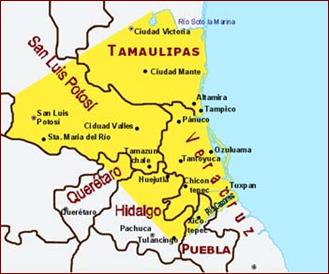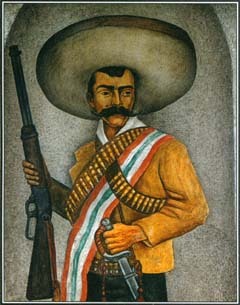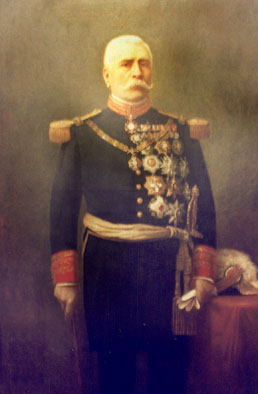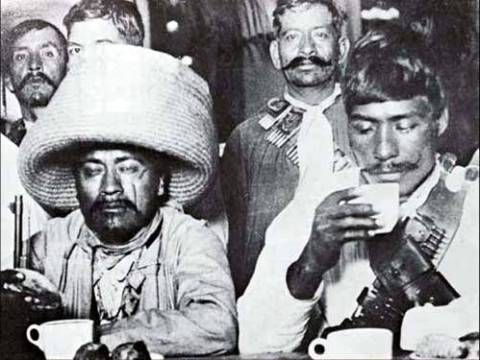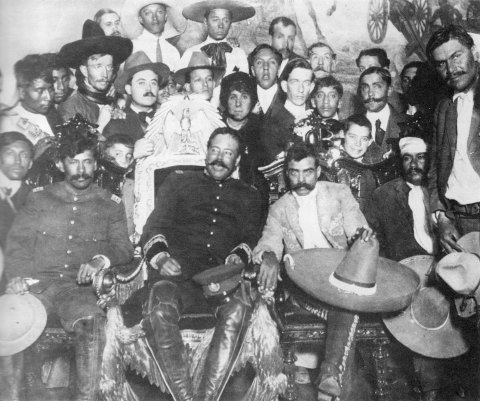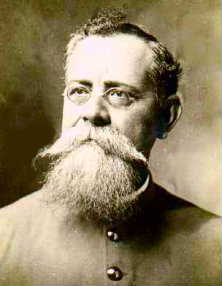Blog Archives
My Mexican Friends Record An Album!
Yep, Hikuri, a Son Jarocho band I encountered on my travels back in the early 1990s are back! recording a whole new album in the US . Listen and be enthralled…

The Son Huasteco
There’s a bunch of Mexican folk styles that deserve to be better understood. They are not only the bearers of rural, indigenous and traditional cultures, but also feed in to the mainstream and off each other to form a rich and varied tradition. In addition they are styles that live to be played, for community and group enjoyment. Like a musical version of Facebook, they define and bring together communities. I’ve already given you a taste of the Veracruz style the Son Jarocho, now I will give you a rough sketch of its closest musical neighbour, the Son Huasteco.
Son Huasteco is party music played by groups made up of three musicians (known as Trios). The instruments these Trios employ are the Jarana (a small guitar), a huapanguera (a big guitar) and a violin. The violin plays the role that the harp does in the Son Jarocho, carrying the melody. Similarly, both styles use dancers to mark out rhythm. The wooden dance floor (Tarima) is arguably an additional instrument. Traditional zapateado dancers bang the floor with their boots and shoes in time with the rhythm – a phenomenon akin to tap dancing.
This style of music is found in the northern part of the state of Veracruz and Puebla, southern Tamaulipas and eastern San Luis Potosi, Hidalgo and Queretaro states. It is very much associated with indigenous peoples such as the Totonacs and bears a very characteristic stamp of indigenous styles. The use of falsetto vocals is one typical sign of this legacy. Here the traditional group Trio Reyixtla interpret the popular standard, ‘the short-sighted bee’.
A lot of groups sing in indigenous languages, keeping alive the traditions of cultures in danger of being swamped by modernity. One of the most popular is the Xochipizahuatl which praises both the Virgin of Guadalupe (Mexico’s patron ‘Saint’) and the Aztec goddess Tonantzin. This song is performed at many traditional ceremonies including indigenous weddings. Here the group Los Hermanos Olivares perform a version in the Nahuatl language. A beautiful and affecting song.
Mainly, though, this music can be heard on the street, bars, parties and anywhere that musicians can get together…
Son Huasteco has, like other styles, adapted to a changing world. During the Revolution various Huasteco songs were written that became popular throughout the country. El Soldado de Levita (which has been called Mexico’s Katyusha – Russia’s most popular Revolutionary song – by err, Russians) is perhaps the most popular. This particular version has been adapted for radio play and a general audience.
And to finish, an idea of how this music still influences the pop and rock tradition. Take it away, Cafe Tacuba!
The Mexican Revolution — 1
November 2010 sees the 100th anniversary of the Mexican Revolution: The first major social re-ordering of the 20th century. Its impact abroad was huge, causing panic among elites and putting a glint in the eye of the workers of the world. Mexico predated the Russian Revolution by 7 years and its successes and failures were pored over by Lenin, Trotsky and others.
The conflict itself can be (very simplistically) divided into three main stages. The first was the overthrow of the long-standing dictator Porfirio Díaz. Díaz, in power since 1876, was a poster-boy for 19th century Liberalism. He opened up the country to foreign investment, cleared Indians from their land, allowed a wealthy elite to dominate (over 80% of Mexico’s farmland was owned by a mere 840 families). When in the run-up to the 1910 elections Díaz said he would welcome opposition, a lawyer named Francisco Madero took him at his word, standing against him on a popular platform. The dictator promptly had him arrested.
Escaping to exile, Madero called for an overthrow of the regime. Emiliano Zapata, a southern peasant leader, answered his call as did the northern bandit, Pancho Villa. Together, they overthrew Díaz the next year. The old dictator went off to Paris and exile. What Mexico did next was tear itself apart.
Madero was too cautious to satisfy his supporters, too radical for his opponents. At heart, Madero was a liberal too, believing that merely through just laws a more equal society could be made. He freed the press, which was controlled by his opponents, and they began to lambast him. Zapata and Villa wanted radical change and land reform. They did not get it. Soon they retreated to their heartlands to defend their gains. Both refused to disarm and submit to the new order.
The second part of the Revolution now begins. In 1913, Madero was overthrown by general Victoriano Huerta, who promised to restore the values of Porfirio Diaz (though not Porfirio himself). Madero was deposed, arrested and murdered in mysterious circumstances. Villa, Zapata and the northern governors Alvaro Obregón and Venustiano Carranza rise up against the usurper. Huerta is defeated the next year and goes into exile. Villa and Zapata ride into Mexico City at the head of their armies.
The triumphant revolutionaries were split into two groups. The more radical, Villa and Zapata, wanted land reform and social justice. Carranza and Obregón were more conservative, in the Madero tradition. The third stage of the Revolution involves the power struggle between these groups.
To begin with, Villa and Zapata are left in charge. Carranza takes his troops and retreats to the port of Veracruz (which controls most of the income from foreign trade), Obregón cuts a deal with the CROM anarchist trade union central. Slowly Carranza and Obregón begin to win ground eventually defeating the forces of Villa and Zapata, which again retreat to their rural strongholds.
The 1917 constitution marks a formal end to the fighting. The constitutional convention of 1916 again saw a split between radicals and moderates. The radicals won most of the key battles: an eight hour working day, minimum wage, the right to be paid in cash rather than tokens or company store vouchers were all gains enshrined in the constitution as were land reform, secular education and the control by the state of all sub-soil deposits (which led to the nationalization of foreign oil companies in 1938) and no re-election. The governments in power were, however, moderate in character. Both Carranza and Obregón served terms as president. Villa and Zapata were both murdered by government forces. Obregón himself was assassinated as he campaigned for a second term in office, something specifically forbidden by the constitution.
Most Mexicans look back on this period with mixed feelings. It is hard to avoid the conclusion that the Revolution was betrayed, that all the violence (approximately 1 million people died in the conflict) achieved so very little. All the idealists in this story (Madero, Villa, Zapata, Obregón) died violent deaths well before their time. Only the scumbag dictators, Huerta and Díaz, lived full lives into their dotage. If nothing else, the study of Mexican history teaches you one important lesson: life ain’t fair.
It should also teach you something else; that Zapata lives, that his cry of ‘Land and Freedom’ is still relevant today. That politics is a struggle where you never truly win or lose. There is always a new generation on both sides ready to fight every battle.
So, Feliz aniversario, amigos Mexicanos.
¡Viva México!
¡Viva Zapata!
¡Sufragio Efectivo, No Reelección!
